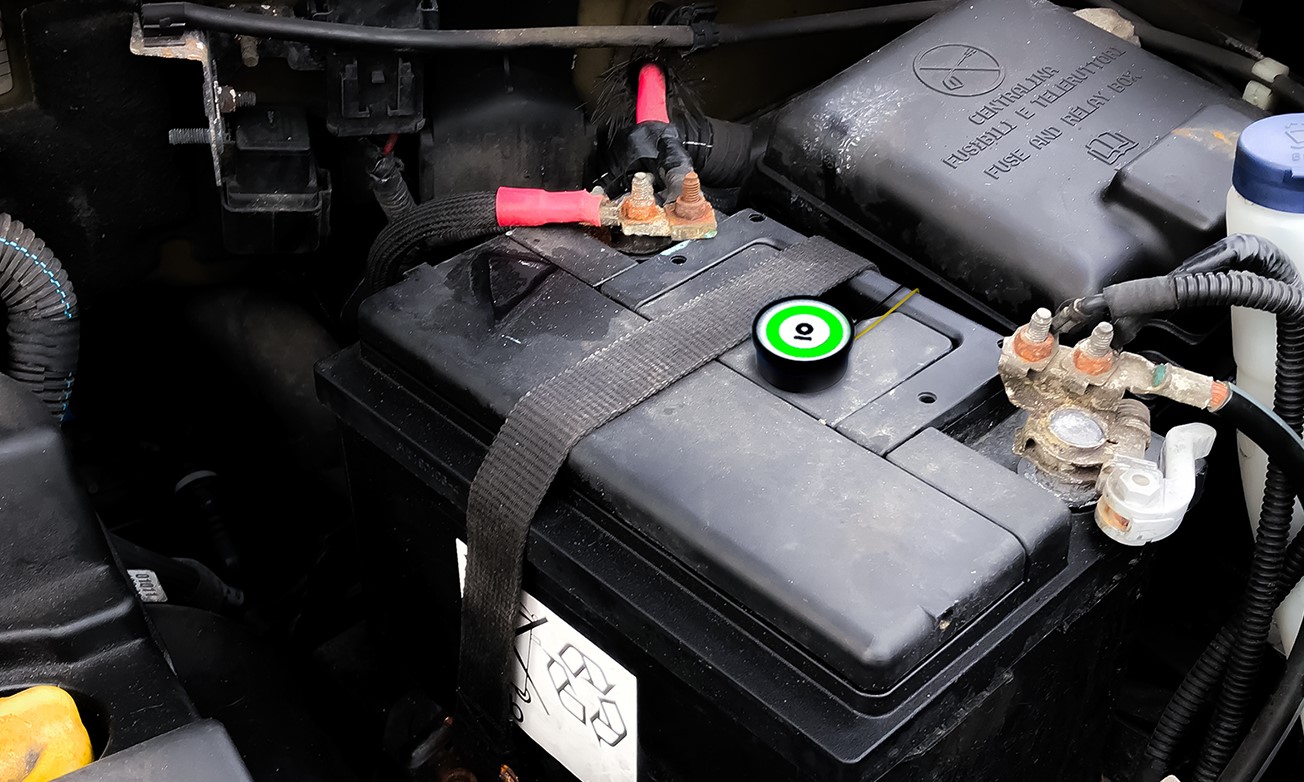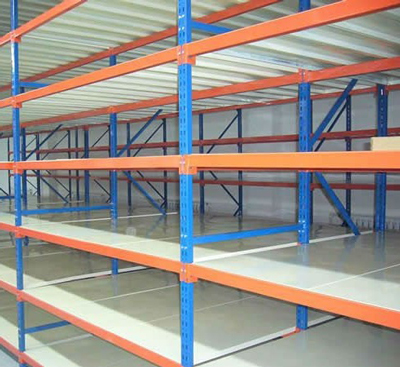Tips for Choosing the Right Soccer Ball for Your Team
Soccer balls are undoubtedly the most important factor of each soccer game, as playing with the wrong one won’t only increase the risk for injuries but it will also impact your performance and give you hard time to kick and drib.
However, choosing a soccer ball isn’t as simple as picking up water bottles, towels and any other workout essentials. It requires a little bit more effort and paying attention to a couple of important aspects. This is why we gathered a list of a couple of tips that may come in handy when choosing a soccer ball for your team.
Types of Soccer Balls
Whether you’re about to explore soccer balls online or visit your favourite brick and mortar soccer store, the first thing to pay attention to is the different types of these balls. This is important as not all of them are intended for the same terrains and player skills. Hence, we can split footballs into a couple of general categories:
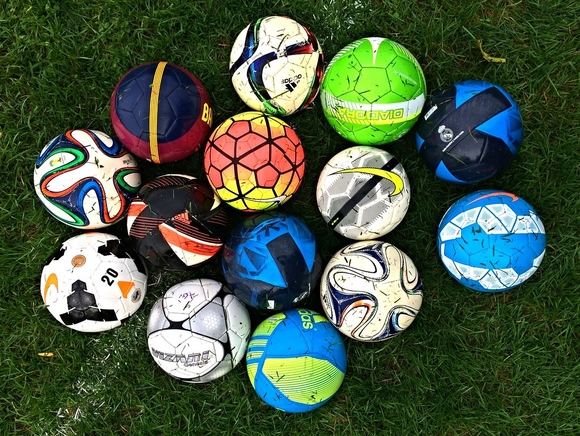
Match Soccer Balls
Match soccer balls are the most advanced type specifically designed for official games. These balls are also the most durable type and feature specific constructions to ensure the best performance. However, match soccer balls can also be split into two categories- premium soccer balls and official soccer balls.
Premium balls are approved by FIFA, and this is why they’re typically used in international level matches and top leagues. To ensure the best quality, a premium football ball should always go through procedures such as tests by the soccer governing body.
Official balls, on the other hand, are also made from exclusive-quality materials and designed to deliver the best performance and to be long-lasting. However, their quality is in-between premium match balls and training balls, which makes them mostly used for high school and college soccer tournaments.
Training Soccer Balls
Even though training soccer balls are known to be of a lower quality than official balls, they’re the most durable of all types. This is mostly due to their practising purposes where balls are mostly exposed to daily wear and tear.
However, the low quality doesn’t apply to the materials these balls are made of, but more to their construction. Training soccer balls are known to be machine-stitched, which doesn’t only make them tougher and less responsive, but also lowers their price. However, this quality is considered good when it comes to training purposes.
Futsal Soccer Balls
Futsal balls are smaller in size than any other soccer ball, as they’re intended for playing in smaller courts than the typical football game. However, every futsal ball should be able to keep the bounce low, and this is why they’re of the same weight as the other soccer balls. On top of that, these balls are typically filled with different foams, whereas a “regular” soccer ball is typically filled with air.
However, playing with a ball filled with foam will impact your performance in a couple of ways. These balls require more effort for handling and maintaining good control, and make for an excellent choice for every player that wants to improve their skills.
Soccer Balls Materials
The material and the overall construction of your soccer ball will highly impact your performance and the feel when you kick. And construction being mentioned, soccer balls are built up of two parts- the casing or the external layer that covers the ball and the bladder or the internal component that keeps the ball filled with air.
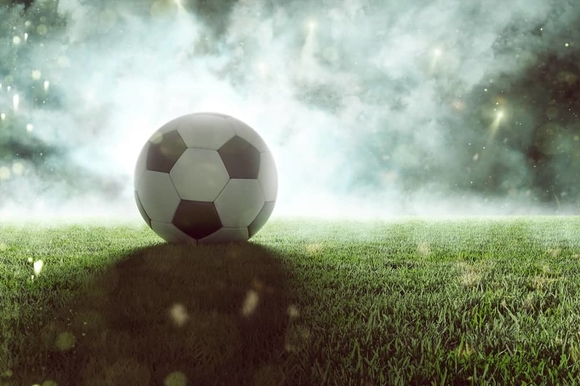
Soccer Ball Casing
As we mentioned, the casing is the external layer which is typically made of materials such as PVC (polyvinyl chloride), PU (polyurethane) as well as a combination of both of these materials. Hence, if you’re looking for something cheaper and more affordable, PVC balls may be the right choice for you. However, know that PVC isn’t as durable as PU, as it tends to harden over time which will leave you with inferior performance.
PU soccer balls are, on the other hand, softer to touch as well as much more responsive and durable than PVC ones. This is due to PU being a high-quality thermosetting plastic that features excellent elasticity which makes them “immune” to wear and tear.
Soccer Ball Bladder
A soccer ball’s internal compartment is responsible for keeping the ball filled with air. This is why bladders are typically constructed from materials such as rubber, latex or butyl.
Rubber bladders are considered excellent for keeping air retention and this is why they’re mostly used for manufacturing recreational balls.
On the other hand, professional foot balls typically feature bladders made of latex as it’s shown to provide a softer feel and a better surface tension. However, keep in mind that latex’s surface has micropores that will allow the air to slowly escape and you’ll have to inflate them more frequently.
Finally, butyl bladders are used for manufacturing premium balls. Not only do these bladders offer an excellent contact quality, but you also won’t need to inflate them often as they feature great air-retention properties.
Soccer Ball Sizes
Choosing the highest-quality casing and bladder would completely be in vain if you don’t consider the right size appropriate for your team. Soccer ball sizes are typically split into a couple of categories depending on the age and skills of the players:
- Size 1 balls (mini balls) are intended for the youngest players. These balls are designed with the accent put on improving footwork and general soccer skills.
- Size 3 balls are the smallest official match balls. These balls are designed for children under the age of 8 and this is why they’re very lightweight.
- Size 4 balls are specifically designed for children in the 8 to 12 age group.
- Size 5 balls are the bulkiest and the hardest to handle, and therefore suitable for all the players older than 13 years.
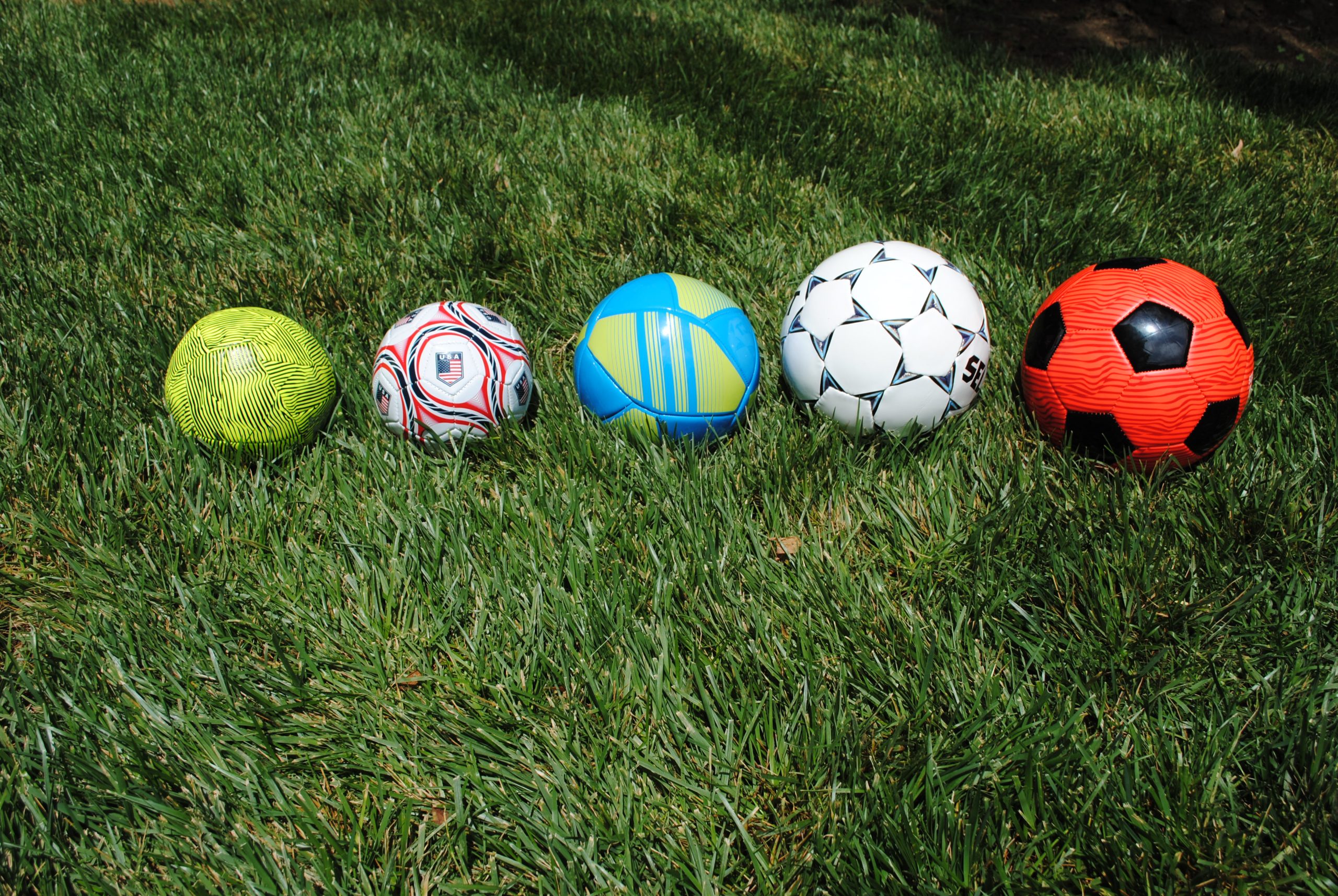
Other Features to Consider
Soccer balls aren’t only about the construction and size. There’re a couple of other factors that will determine the entire performance as well as the feel they deliver on your feet once you kick.
For instance, the way the panels are joined together plays a huge role. Hence, if the panels are joined with different glues and adhesives, know that they tend to weaken very easy and deliver a tough feel on your feet. They’re also not as durable as stitched ones.
Stitched balls are on the other hand considered a way better option. These balls are extra durable and won’t crack up under the influence of your hard kicks. These balls may not be the most affordable option, but they’re completely worth the investment.
Except for the way the panels are joined together, it’s also important to pay attention to the number of panels themselves. And even though most of the soccer balls you’ll stumble upon when exploring will feature from 18 to 26 panels, know that these balls are not perfectly round. On the other hand, balls featuring 32 panels are considered the roundest and provide the best performance on the court.
Now that you gathered some knowledge, it’s time to explore the wide range of soccer balls online or buy one in your soccer store nearby.

